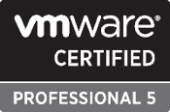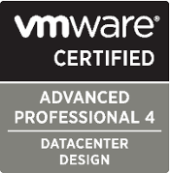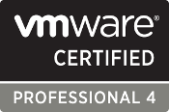Earlier this month VMware announced that it was expanding its partnership with Novell in order to offer a 1:1 CPU enablement license for SLES. Mike Norman’s post at VirtualizationPractice.com discusses the potential “darker side” of the deal, which VMware presents this way:
VMware and Novell are expanding their technology partnership to make it easier for customers to use SLES operating system in vSphere environments with support offerings that will help your organization:
- Reduce the cost of maintaining SLES in vSphere environments
- Obtain direct technical support from VMware for both vSphere and SLES
- Simplify your purchasing and deployment experience
In addition, VMware plans to standardize our virtual appliance-based products on SLES for VMware further simplifying the deployment and ongoing management of these solutions.
- Customers will receive SLES with one (1) entitlement for a subscription to patches and updates per qualified VMware vSphere SKU. For example, if a customer were to buy 100 licenses of a qualified vSphere Enterprise Plus SKU, that customer would receive SLES with one hundred (100) entitlements for subscription to patches and updates.
- Customers cannot install SLES with the accompanying patches and updates subscription entitled by a VMware purchase 1) directly on physical servers or 2) in virtual machines running on third party hypervisors.
- Technical support for SLES with the accompanying patches and updates subscription entitled by a VMware purchase is not included and may be purchased separately from VMware starting in 3Q 2010.
– VMware Website, 6/2010
The part about standardization has been emphasized by us – not VMware – but it seems to be a good fit with VMware’s recent acquisition of Zimbra (formerly owned by Yahoo!) and the release of vSphere 4.1 with “cloud scale” implications. That said, the latest version of the VMware Data Recovery appliance has been recast from RedHat to CentOS with AD integration, signaling that it will take some time for VMware to transition to Novell’s SUSE Linux.
SOLORI’s Take: Linux-based virtual appliances are a great way to extend features and control without increasing license costs. Kudus to VMware for hopping on-board the F/OSS train. Now where’s my Linux-based vCenter with a Novell Directory Services for Windows alternative to Microsoft servers?






